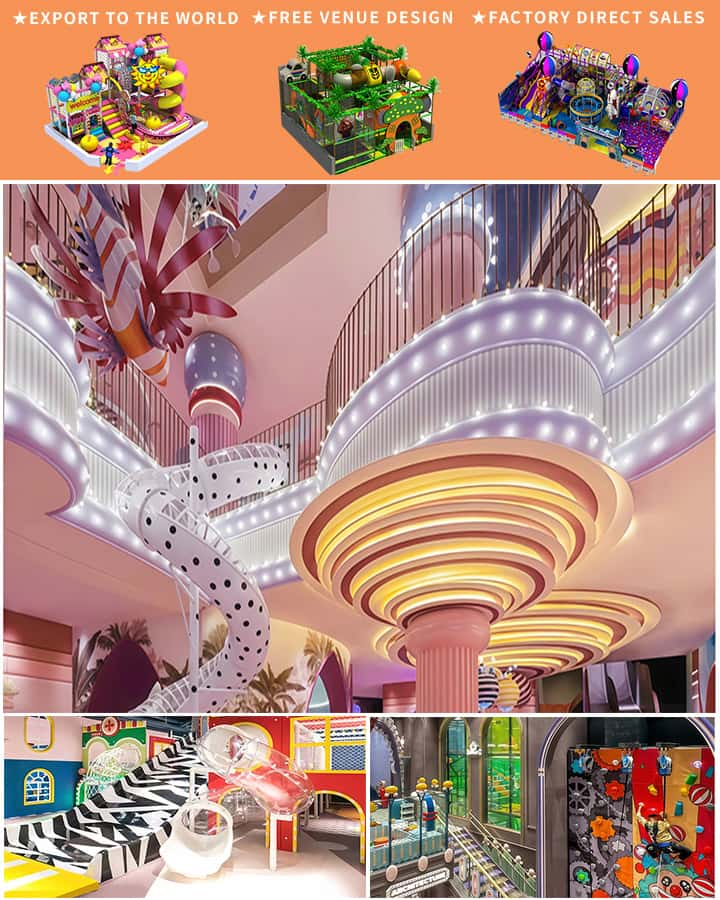In recent years, indoor playgrounds have become increasingly popular as a safe and engaging alternative to outdoor play areas. Central to the design of these indoor havens are the walls, which serve not only as boundaries but also as integral components of the playground experience. Innovative indoor playground wall design is crucial in creating spaces that are both functional and fun, while ensuring safety for young visitors.
Safety First: The Cornerstone of Wall Design
When designing indoor playground walls, safety is paramount. Soft, cushioned materials like foam and rubberized surfaces are often used to minimize the risk of injury from falls or collisions. These materials should meet stringent safety standards to ensure they can effectively absorb impact. Additionally, wall heights must be carefully considered; they should be tall enough to prevent children from climbing over them yet low enough for parents and caregivers to easily supervise their young ones.
Aesthetic Appeal: Engaging Young Minds

Beyond safety, aesthetic appeal plays a significant role in indoor playground wall design. Bright, inviting colors and whimsical murals can stimulate children’s imaginations and make the space more attractive. Themed walls—whether depicting jungle scenes, underwater adventures, or space explorations—can transport children to different worlds, enhancing their play experience. These themes can also tie into the overall design of the playground, creating a cohesive and immersive environment.
Functional Elements: Enhancing Play Value
Incorporating functional elements into the wall design can significantly enhance the play value of an indoor playground. For instance, climbing walls with grippable holds can provide physical challenges that promote motor skills development. Interactive panels, such as those with touch-sensitive games or puzzles, can offer educational benefits while keeping children entertained. Built-in storage within the walls can help keep toys organized and out of the way when not in use, making the space more efficient and tidy.
Multi-Sensory Experiences
Modern indoor playground wall designs often incorporate multi-sensory experiences to cater to various developmental needs. Textured surfaces and tactile features encourage sensory exploration, benefiting children with sensory processing issues. Incorporating sound elements, like musical panels or echo chambers, can add another layer of engagement and excitement. Light features, such as embedded LED lights that change color or pattern, can create dynamic environments that captivate and delight young minds.
Sustainability and Durability
Sustainability is an important consideration in contemporary indoor playground design. Durable materials that can withstand frequent use and cleaning are essential to maintain hygiene and longevity. Environmentally friendly options, such as recycled plastics or sustainably sourced wood, are becoming more prevalent, aligning with the growing consumer demand for green building practices.
Conclusion
Innovative indoor playground wall design combines safety, aesthetics, functionality, and sustainability to create spaces where children can explore, learn, and play. By focusing on these key elements, designers can craft environments that not only protect young visitors but also inspire their creativity and development. As indoor playgrounds continue to evolve, so too will the artistry and ingenuity behind their wall designs, ensuring that every child who steps inside can embark on a safe and exhilarating adventure




